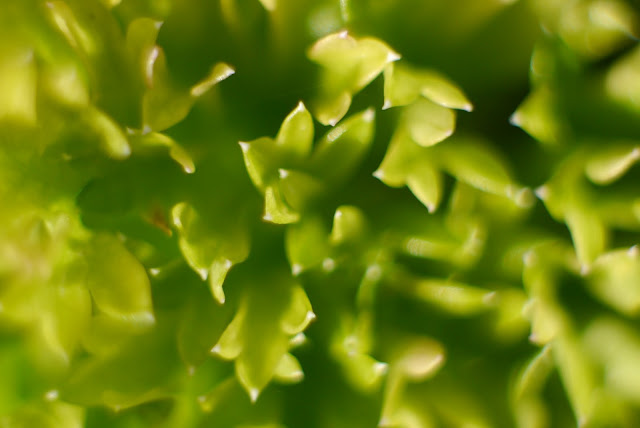I took a gaggle of five and six year olds on a Tyntesfield nature ramble this weekend. I was supposed to be the knowledgable one, but as ever it was new discoveries that struck me most. On the leaves at the base of a single Lime tree on the lower drive, we discovered hundreds and hundreds of Ladybird larvae in their pupal cases. Some had hatched and left empty cases, but many remained sealed. One adult ladybird was yellow and looked a lot like a pine nut. This was one that had just hatched, the spots coming through some time later.
I'd been wanting to find some pupae to film and photograph. Without finding one in the summer, I've now discovered legion. I will check the other trees along the drive to see if they are carrying the same burden. These are Harlequin ladybirds, non-native and apparently flourishing. My reference sources tell me Ladybirds emerge as adults in August before hibernating from autumn through the winter. The fact the Harlequins are hatching now in mid October in large numbers, would appear to mean they have a longer feeding and breeding season. I can't compare this to our native species without the facts at my disposal, but if their prey species (aphids and other bugs including ladybirds) are living longer due to milder autumns, then the Harlequins would appear to be making the most of it.

























